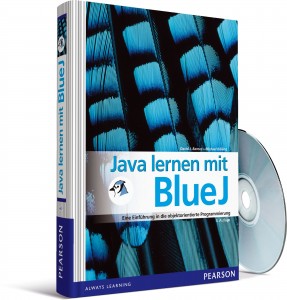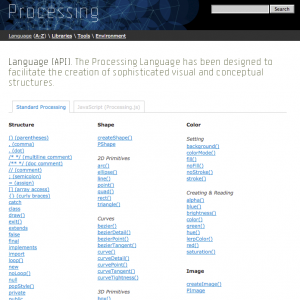Walking in 3D
Here, the Kinect is used to navigate through Google Street View:
- body orientation => rotate sideways
- body tilt => rotate up/down
- walking (on the spot) => move forward
- jump => move forward by some distance
Also see post on developkinect.com
In-Air Interaction with ARCADE
A combination of interaction techniques to create and control virtual 3D objects that are placed into the live video of the presenter.
- selection/picking: hold hand over object
- menu: browse with finger position, select with swipe gesture
- drawing: two finger touching switches to draw mode, go to 3D rotate mode with a key press
- rotate/scale: rotate with finger up/down/left/right, scale with two fingers
- delete: wave gesture over object
Also see post on developkinect.com
Gesture Recognition: Kinetic Space 2.0
The toolkit allows to define your own 3D gestures.
Also see post on developkinect.com


